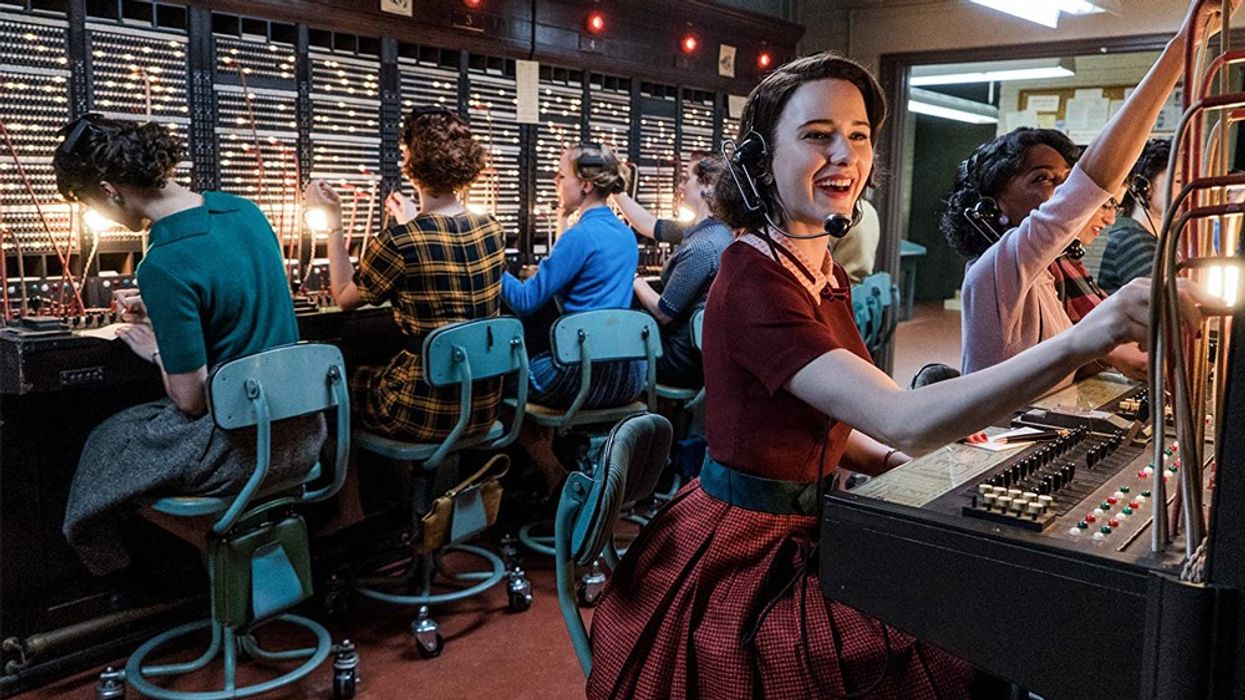'Mrs. Maisel' Cinematographer David Mullen on Using Space to Immerse Viewers
A peak into the shooting style of The Marvelous Mrs. Maisel.

When you've talked with a number of cinematographers like No Film School has over the years, you start to learn not just about the art and technical side of filmmaking, but about the creators themselves. You learn that cinematographer Bradford Young can talk about lenses and how they shape an image for hours. Or that Robert Richardson has a wealth of film history knowledge that he draws from, or that Hoyte van Hoytema is a master operator who uses color and lighting to enrich story.
Cinematographer David Mullen is one of the most technical cinematographers out there, and he's been the DP on the The Marvelous Mrs. Maisel since the pilot, framing artfully composed shots that draw the viewer in without being grandiose. In a recent interview via ARRI, the Emmy winner talked about his process, offering insights about what make show so alluring . Check it out below.
We all know maintaining a sense of space is important in visual storytelling. The audience needs to know where the characters are so they can follow along. It's why filmmakers use establishing shots to enter a scene. Mullen's approach for Mrs. Maisel is to connect the characters to the environment. He does this by using a deep depth of field to bridge the character and the space. The settings are very much part of the story. The show wouldn't be as appealing if it chose a shallow depth of field for its look.

A deep depth of field is used more often in television because it shows off the world. It immerses the audience into the story. HBO's The Plot Against America did so to reimagine the 1940s. In the case of Mrs. Maisel, it transports the audience to the 1950s and '60s with cinematography that evokes the era while impressing upon the wardrobe and production design.
As a cinematographer, using depth of field to your advantage is one of the key visual aesthetics that needs to be considered. In an era where smartphones advertise "did you bokeh my child," it will be interesting to see if more filmmakers make a decision towards a deep depth of field in films. But then again, it's all how you want to visually tell the story, right?











